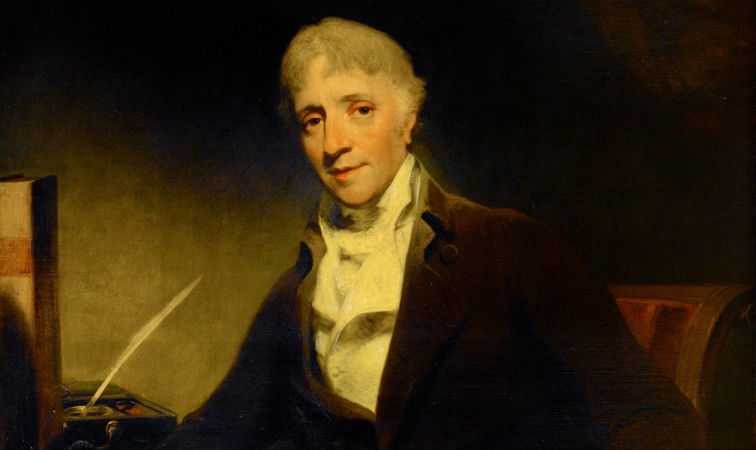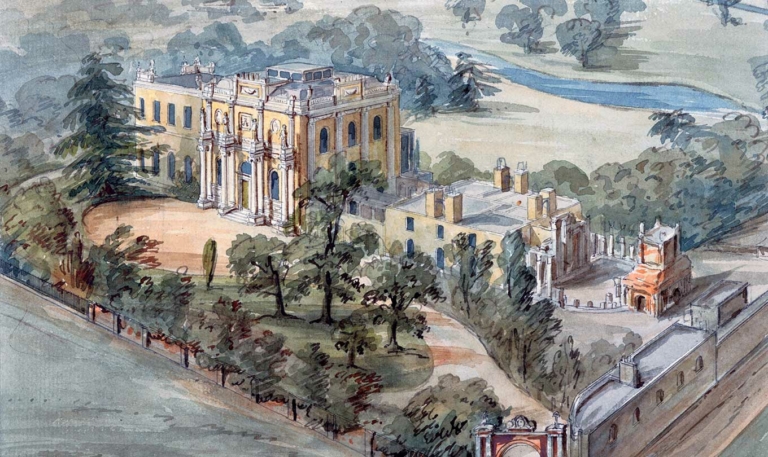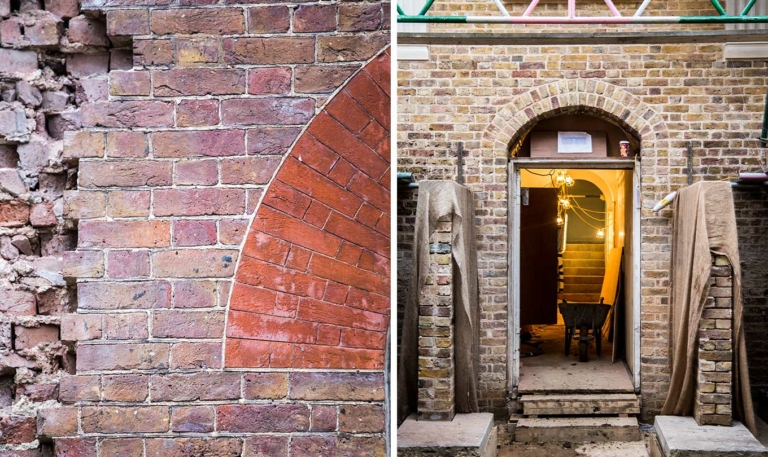Sir John Soane
Sir John Soane, born in 1753, is one of England’s most influential architects. Soane is known for his innovative designs including Pitzhanger Manor, the Bank of England, Sir John Soane’s Museum and Dulwich Picture Gallery continues to inspire and educate visitors to this day.
Early Life and Education
Sir John Soane, was born on September 10, 1753, in Goring-on-Thames, Oxfordshire. The son of a bricklayer, Soane’s early years were humble, but his talent and passion for architecture set him on a path to greatness. He studied at the Royal Academy in London, where he won the prestigious Royal Academy Gold Medal in 1776. This accolade marked the beginning of a distinguished career.
Architectural Career
Soane’s architectural style is characterized by its innovative use of light, space, and classical elements. After his education, he traveled to Italy on a Grand Tour, where he was deeply influenced by ancient Roman architecture. Upon his return to England, Soane embarked on a series of ambitious projects that cemented his reputation.
One of his most notable commissions was the Bank of England, where he served as the official architect from 1788 to 1833. Soane transformed the bank’s design, incorporating his signature use of natural light and creating a series of domes and skylights that became hallmarks of his work. His design philosophy emphasised functionality and beauty.
Pitzhanger Manor and Gallery
Among Soane’s significant projects is Pitzhanger Manor, located in Ealing, London. Purchased by Soane in 1800, Pitzhanger Manor was initially intended as a country retreat for his family and a statement of his architectural prowess. Soane extensively remodelled the manor between 1800 and 1804, transforming it into a showcase of his innovative design principles.
Pitzhanger Manor reflects Soane’s love for classical architecture, featuring elements such as arches, vaults, and a striking use of light and shadow. The gallery, added during the renovation, housed Soane’s extensive art collection, including works by Sir Joshua Reynolds and J.M.W. Turner.
Personal Life
In 1784, Soane married Eliza Smith, and the couple had two children. Despite professional success, Soane’s personal life was marred by tragedy. His eldest son, John, died young, and his relationship with his surviving son, George, was fraught with conflict. These personal hardships influenced Soane’s later work, imbuing his designs with a poignant sense of reflection and introspection.
Legacy and Influence
Sir John Soane’s legacy lives on in his architectural achievements including Pitzhanger Manor, the Bank of England, the Sir John Soane’s Museum and Dulwich Gallery. His innovative approach to design and his commitment to education have left a lasting impact on the field of architecture. The Royal Academy, where he once studied, continues to honour his legacy through the annual Sir John Soane Lecture series.
Come and visit us and find out more about Soane and his time at Pitzhanger Manor.
Categories Pitzhanger Manor Sir John Soane
Tags Architecture




